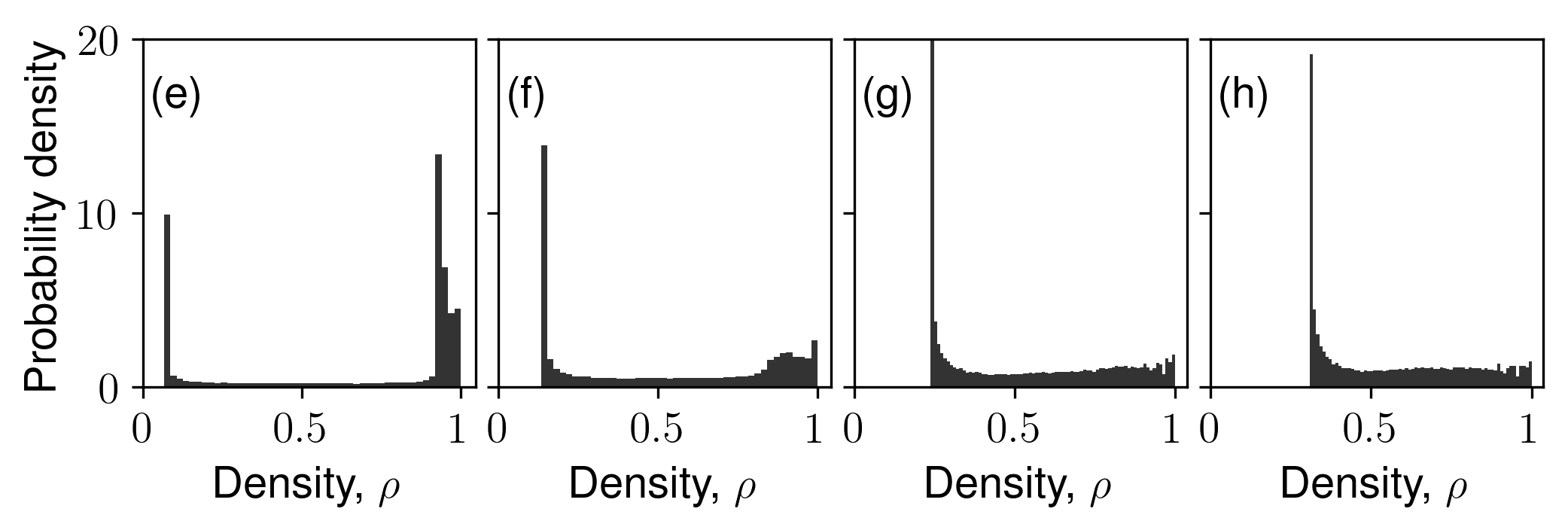Siavash Monfared
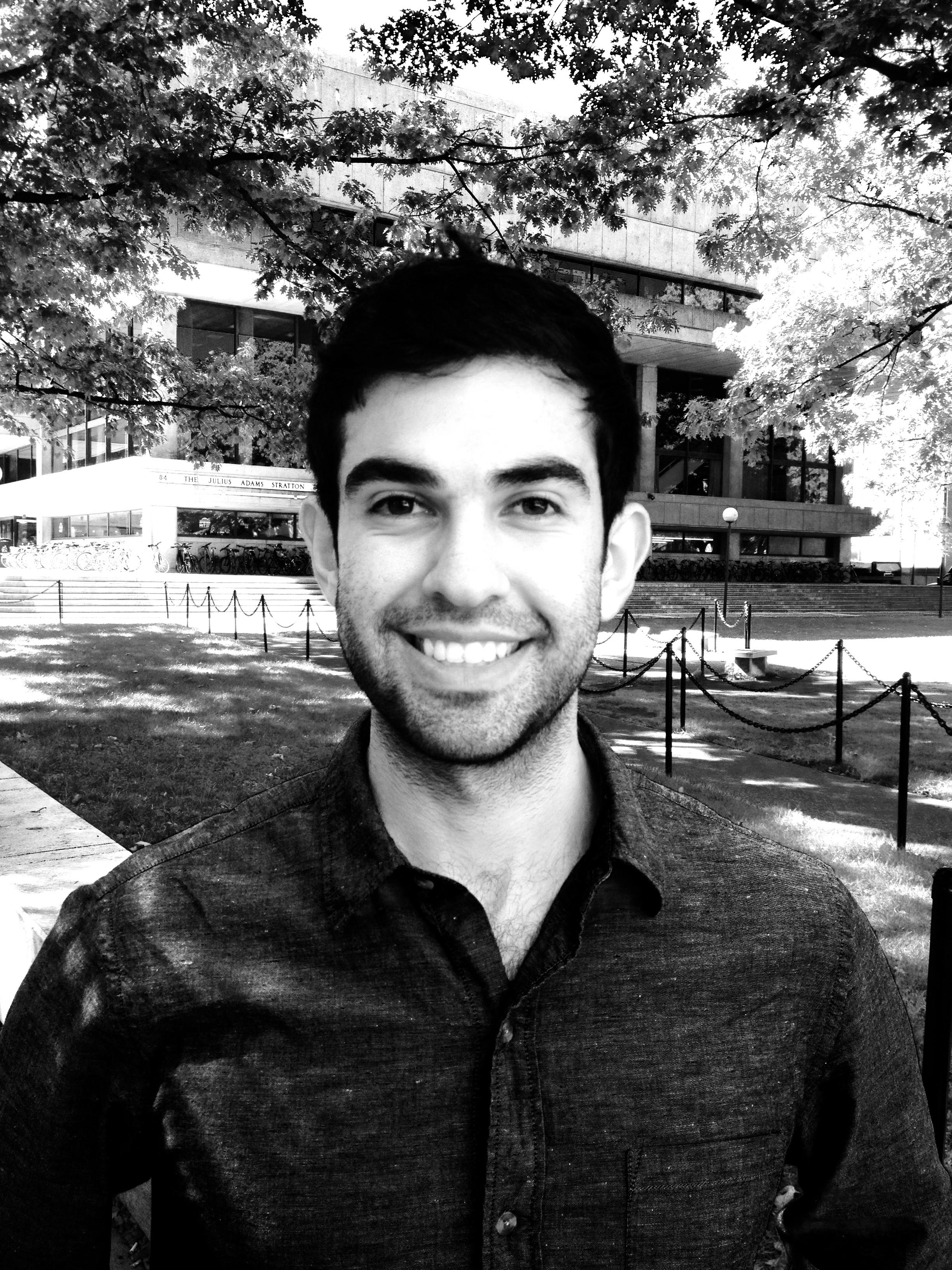
Siavash Khosh Sokhan Monfared
Postdoctoral Scholar, Niels Bohr Institute, University of Copenhagen
Visiting associate, Department of Physics, Harvard University
Previously: California Institute of Technology, Massachusetts Institute of Technology and University of Oklahoma
Contact
Google Scholar page
GitHub page
Research
Publications
Mentorship
Latest
Our study is one of the first on spatial correlation and organization of stress chains in dense, squishy active matter. An intriguing outcome of our research is the encoding of mechanical information in the studied stress chains, given that distinct underlying mechanisms for different control parameters manifests in a similar stress scaling near the solid-to-liquid transition. We expect these results to be of wide interest in the physics, mathematics, and biology communities.
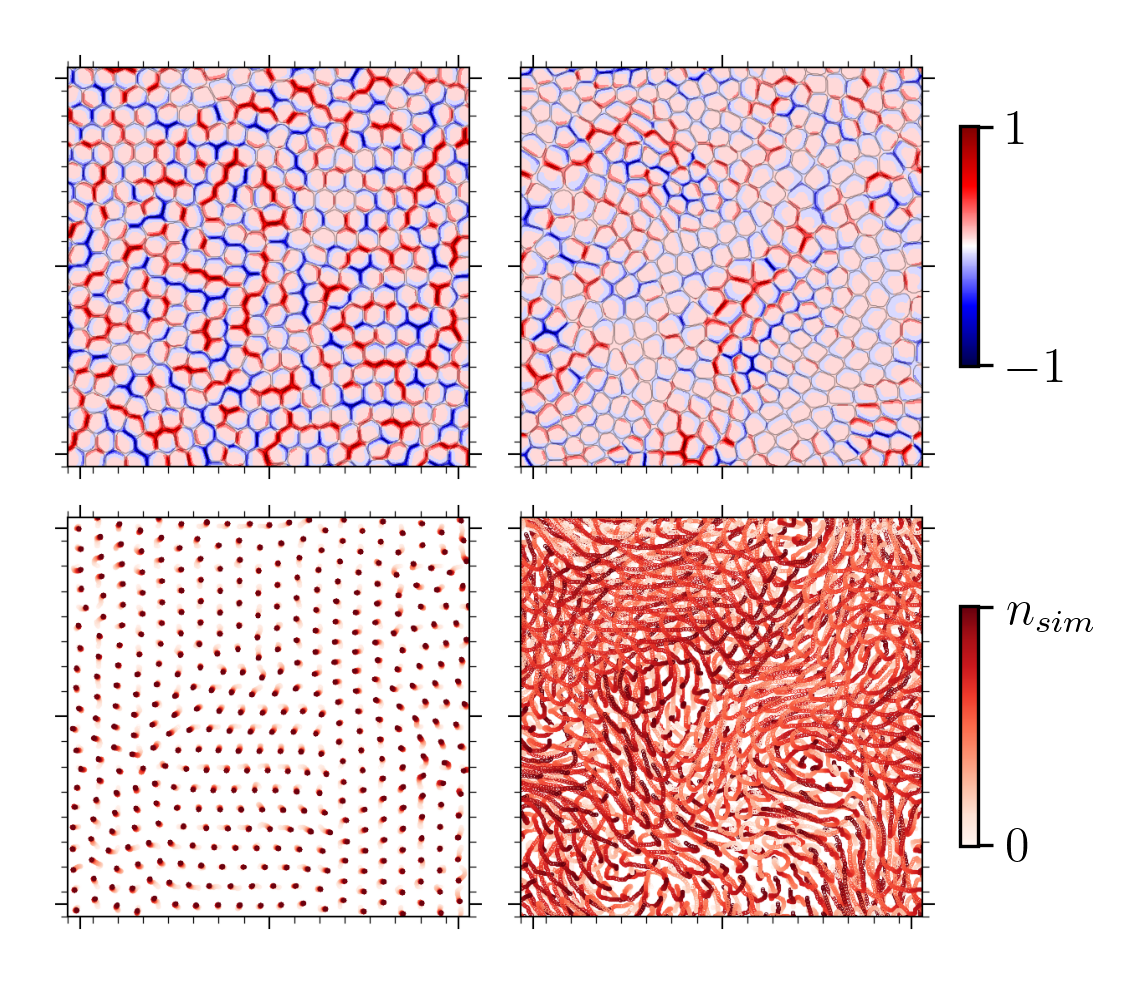
Reference:
- S. Monfared, G. Ravichandran, J.E., Andrade, A. Doostmohammadi, “Short-range correlation of stress chains near solid-to-liquid transition in active monolayers”, The Journal of Royal Society Interface, accepted, 2024. [link].
4/24/2023
Eliminating unwanted or excess cells is a matter of life and death for the cell layers covering surfaces of our bodies. Nevertheless, since all the existing studies have only focused on effective two dimensional models of the cell layers so far, fundamental questions about the three-dimensional phenomenon of cell extrusion and in particular physical forces involved in the process remain unanswered.
By developing a three-dimensional model and large scale simulations and in an analogy with liquid crystals, a state of matter between a solid and isotropic liquid phase, we show that cells can switch between distinct mechanical pathways – leveraging defects in nematic and hexatic phases – to eliminate unwanted cells (nematic and hexatic phases are manifestations of two different types of rotational symmetry in liquid crystals). Our findings provide a unique perspective on how through collective self-organization, cells exploit mechanical and physical constraints to switch between different modes of cell elimination.
Press coverage: Caltech News, Phys.org.
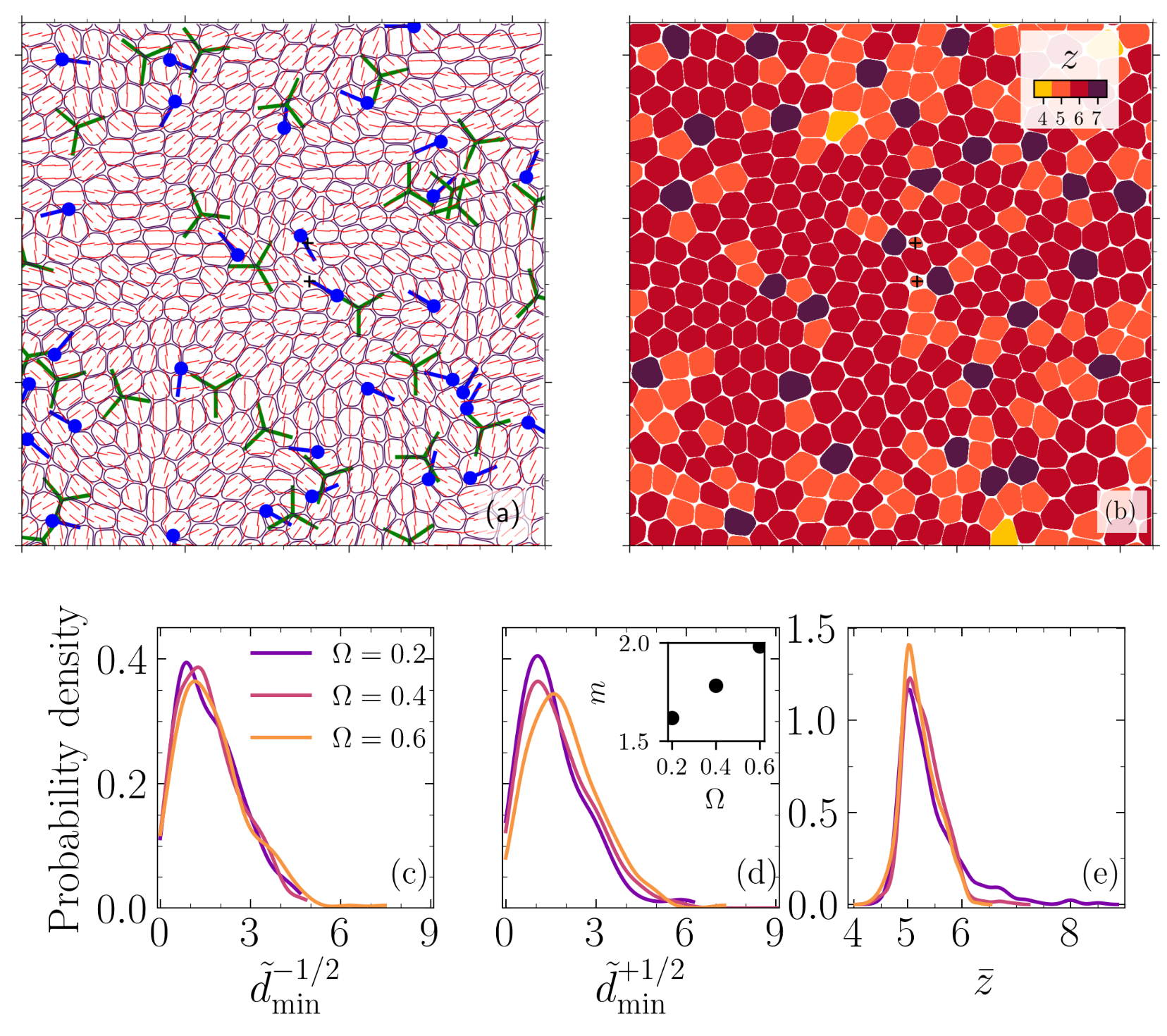
Reference:
- S. Monfared, G. Ravichandran, J.E., Andrade, A. Doostmohammadi, “Mechanical basis and topological routes to cell elimination”, eLife, 12:e82435,2023 [link].
10/14/2022
The solid (glass-like) to fluid phase transition in cellular systems is relevant to a range of biological processes including cancer metastasis, wound healing and tissue morphogenesis. However, our fundamental understanding of how cells collectively switch between these two states remains limited. Using two distinct paths to model this transition based on (i) cell-cell adhesion and (ii) active traction, we link this phase transition to the emergent isotropic stress patterns and their percolation in active cell layers. For each path, we map this phase transition onto the 2D site percolation universality class. This study offers a new perspective on the fundamental mechanical mechanisms associated with the criticality of glass to fluid transition in active cell layers.
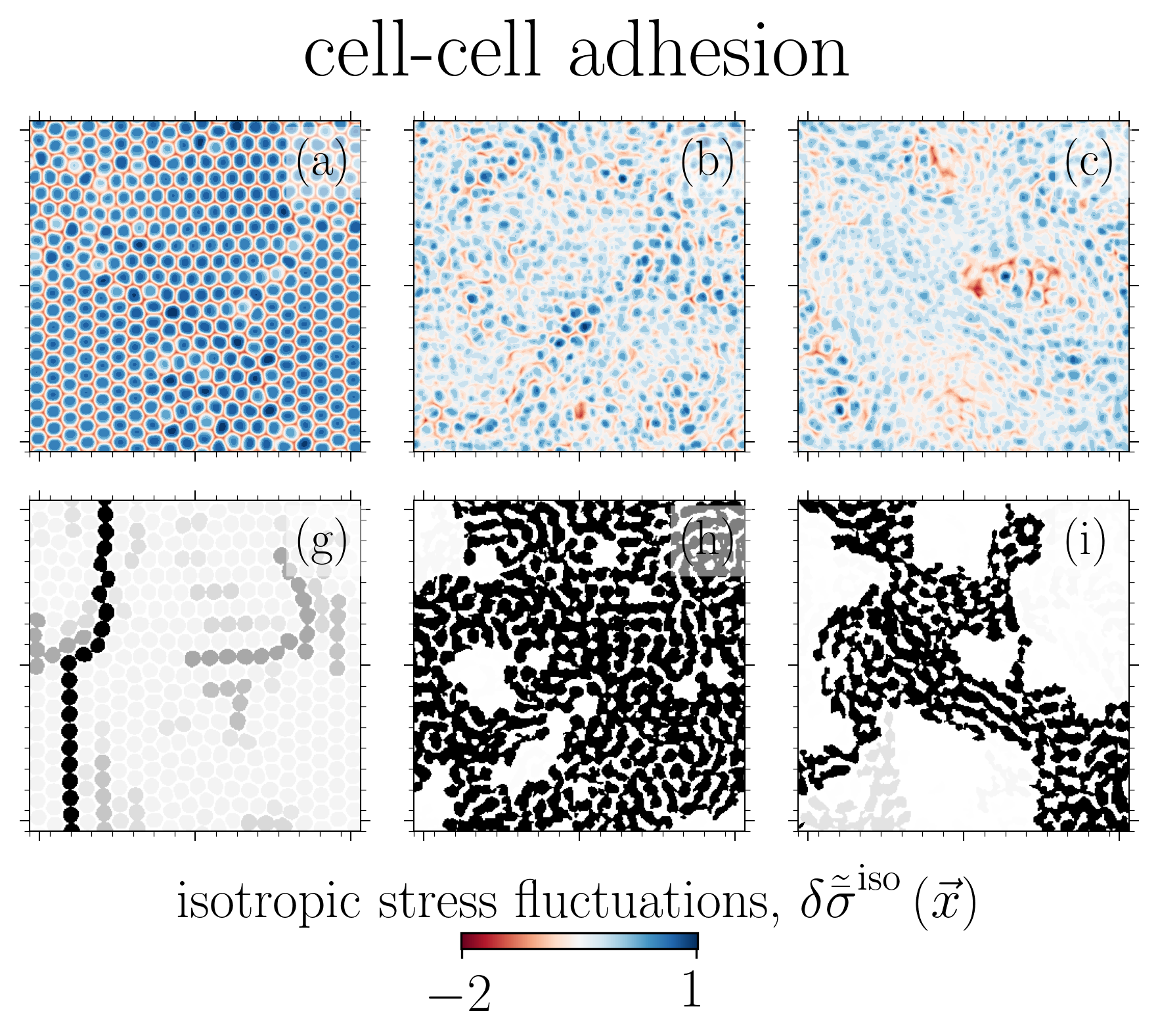
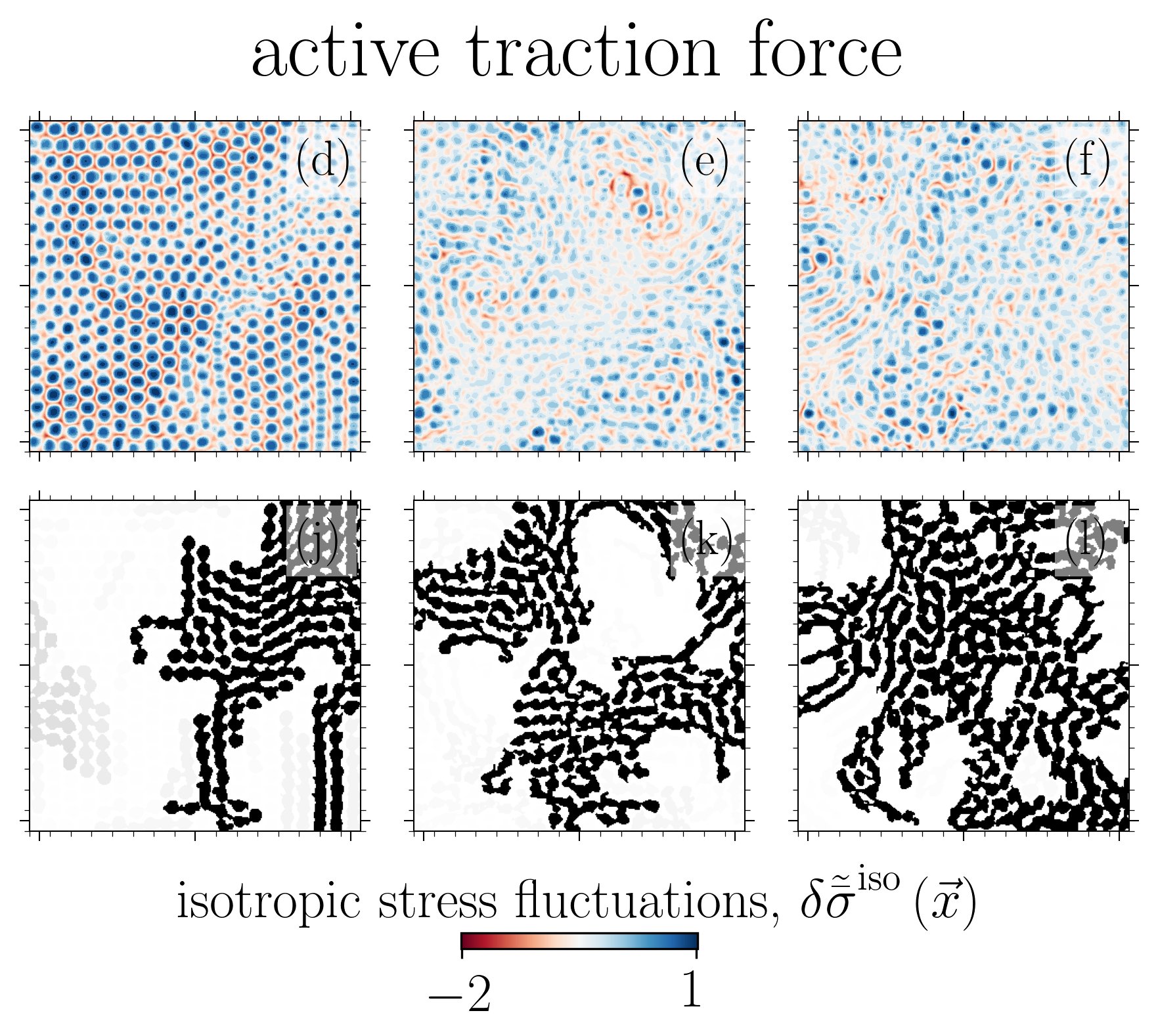
Reference:
- S. Monfared, G. Ravichandran, J.E., Andrade, A. Doostmohammadi, “Stress percolation criticality of glass to fluid transition in active cell layers”, arXiv:2210.08112, 2022. [link][pdf].
08/10/2021
Our work is the first to map and reveal the importance of 3D out-of-plane stresses in cellular layers. Moreover, our findings on the distinct roles of topological defects and disclinations provide a unique perspective on how through collective self-organization, cells exploit mechanical and physical constraints to switch between different modes of cell elimination. Additionally, the framework presented herein allows for independent tuning of cell-cell and cell-substrate interaction forces, that is unprecedented in studying collective cell behavior and as such is expected to open the door to a new set of questions in mechanobiology.
The results contribute to the increasing realization of the importance of the mechanical properties of cells in controlling their behavior, and we hope that they will be of interest to a broad range of mathematicians, biophysicists and cell biologists interested in connecting the physics of cellular self-organization to the dynamics of biological systems.
Reference:
- S. Monfared, G. Ravichandran, J.E., Andrade, A. Doostmohammadi, “Mechanics of live cell elimination”, arXiv:2108.07657, [link][pdf].
12/15/2020
This paper advances understanding on confined fluid behavior in (dis)ordered granular aggregates and their inverse porous structures. For the first time, we unravel the link between surface-surface correlations to the degree of confinement while addressing long-standing questions on the first-order nature of liquid-gas phase transition and whether capillary critical temperature represents a true critical temperature. This is done via access to capillary pressure fields and a finite size scaling analysis that maps the studied systems onto the Random Field Ising Model universality class as conjectured by F. Brochard and P.G. de Gennes. We link the underlying random fields to disorder in local fluid-solid interactions.
These findings have significance for both applied fields, such as pore size characterization and carbon capture, to theoretical fields, including glass physics, wet granular physics and physics of confined fluids.
Reference:
- S. Monfared, T. Zhou, J.E., Andrade, K. Ioannidou, F. Radjai, F.-J. Ulm, R. J.-M. Pellenq, “Effect of confinement on capillary phase transition in granular aggregates”, Physical Review Letters, 125, 255501, 2020. [link][pdf].

